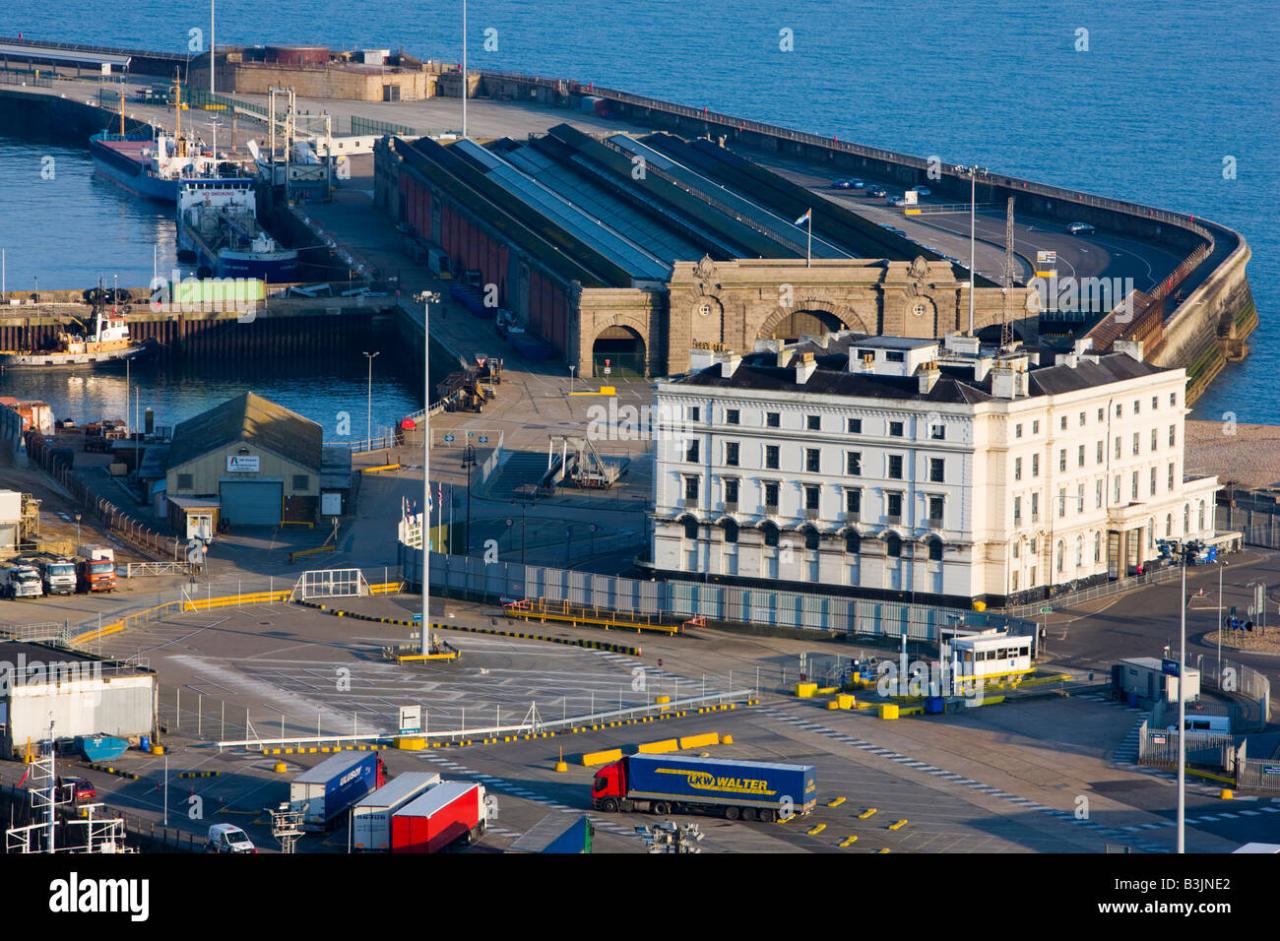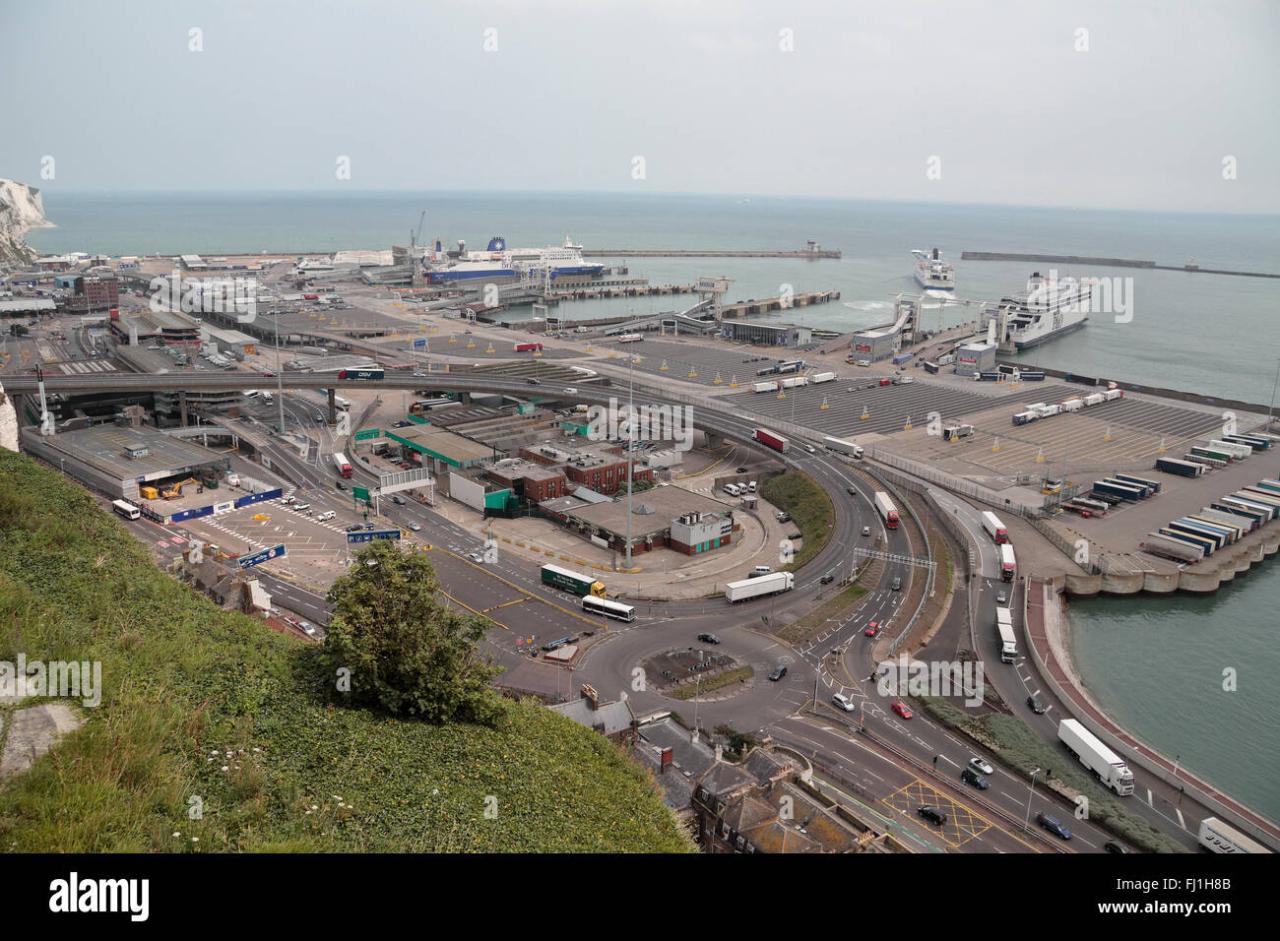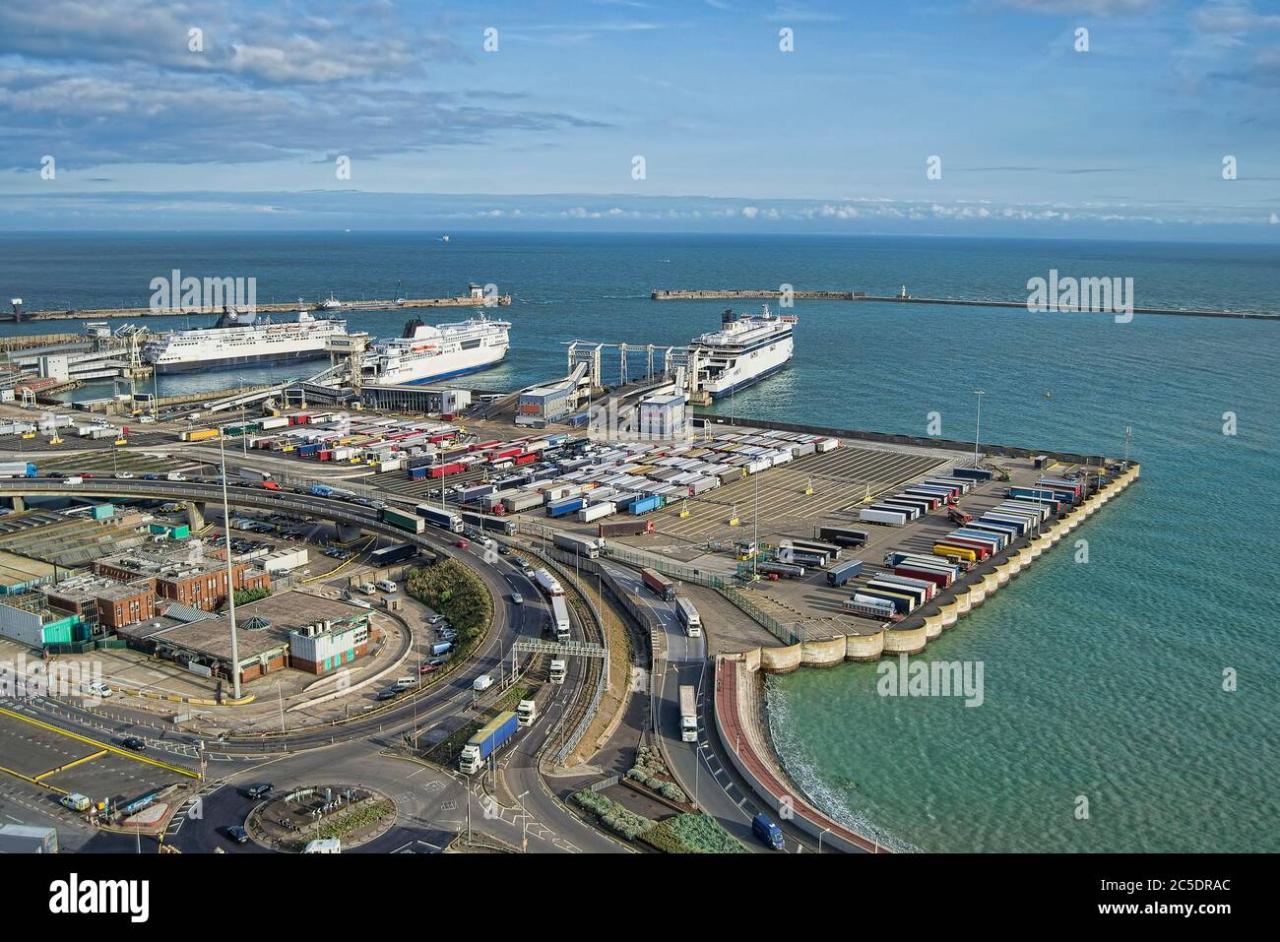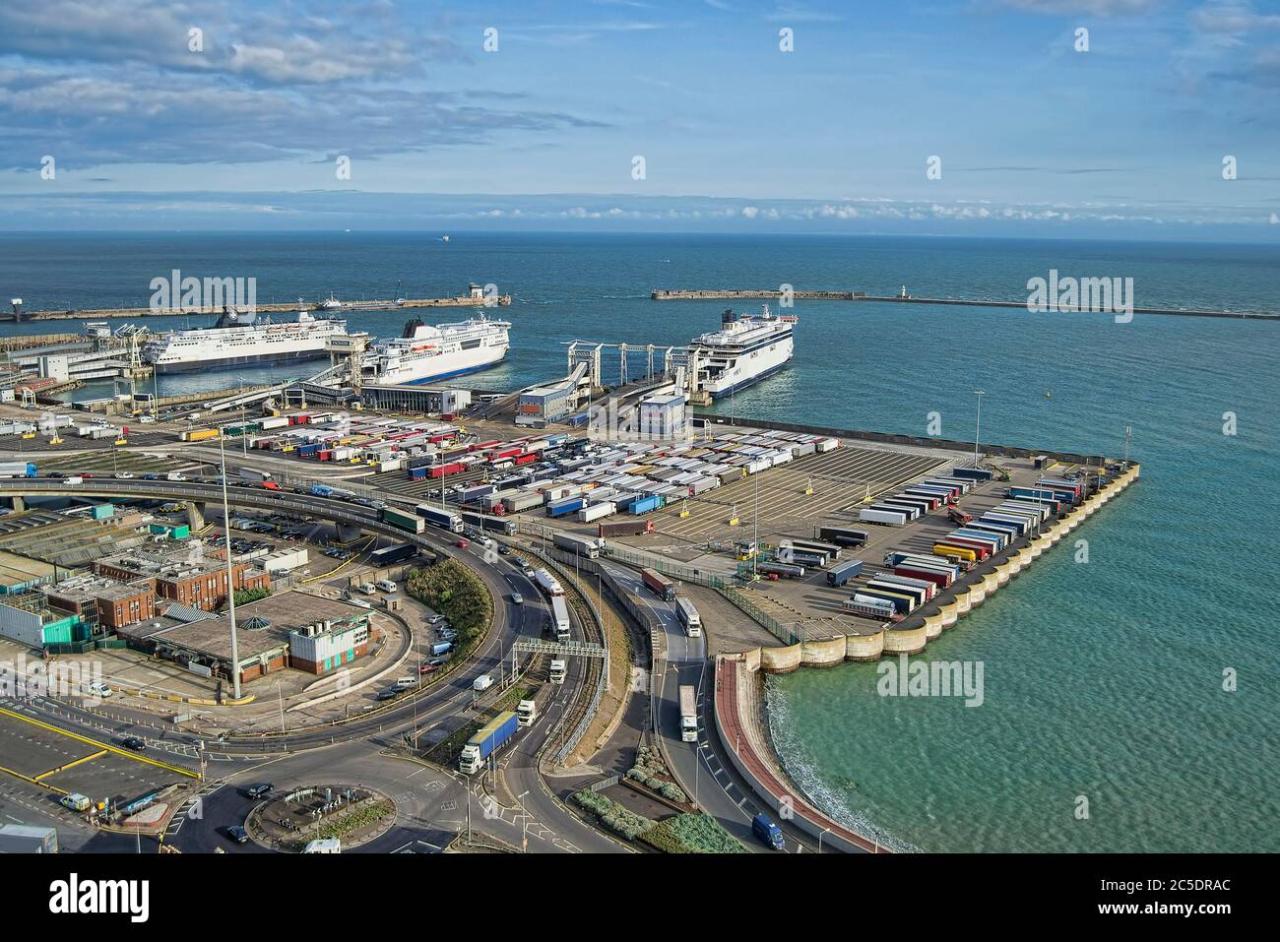Port Dover camera systems play a multifaceted role in the town’s security, tourism, and overall functionality. From monitoring traffic flow and ensuring public safety to observing wildlife and potentially boosting tourism through historical documentation, these cameras offer a range of applications. However, their deployment also raises important considerations regarding privacy and ethical implications, necessitating a balanced approach to their use and oversight.
This exploration delves into the various types of cameras utilized, their strategic placement throughout Port Dover, and the legal and technological frameworks governing their operation. We will examine the impact of these systems on both the local economy and the daily lives of residents, weighing the benefits against potential drawbacks.
Port Dover Camera Locations and Types
Port Dover, with its vibrant waterfront and bustling downtown, employs various camera systems for security, traffic management, and potentially wildlife observation. Understanding the locations, types, and functionalities of these cameras is crucial for both residents and visitors.
Publicly Accessible Camera Locations
Common locations for publicly accessible cameras in Port Dover likely include major intersections along the main streets, the harbourfront area, and potentially near significant tourist attractions like the lighthouse. Parking lots and areas with high pedestrian traffic are also prime candidates for camera placement.
Camera Types and Fields of View
Port Dover likely utilizes a mix of camera types. Security cameras, often dome or bullet-style, are expected at key locations offering a wide field of view, potentially covering entire intersections or sections of sidewalks. Traffic cameras, typically positioned above intersections, provide a narrower, focused view of traffic flow. Wildlife cameras, if present, would be strategically placed in more secluded areas with a targeted field of view, such as along the shoreline or in nearby natural reserves.
High-quality aerial photography is crucial for various applications, and the Port Dover area offers stunning visual opportunities. For those needing exceptional image capture, consider utilizing the advanced technology showcased on the website dedicated to Port Dover camera systems, found here: port dover camera. These systems provide detailed imagery, ideal for real estate, surveying, or simply appreciating the beauty of the Port Dover landscape from a unique perspective.
| Location | Camera Type | Estimated Field of View | Purpose |
|---|---|---|---|
| Main Street Intersection | Security (Dome), Traffic | 180 degrees (Security), 90 degrees (Traffic) | Security, Traffic Monitoring |
| Harbourfront | Security (PTZ), CCTV | 360 degrees (PTZ), Variable (CCTV) | Security, Tourism Monitoring |
| Lighthouse Area | Security (Bullet) | 90 degrees | Security, Crowd Monitoring |
| Long Point Provincial Park (Peripheral) | Wildlife | Variable, Triggered | Wildlife Observation, Research |
Port Dover Camera Uses and Applications
The deployment of cameras in Port Dover serves multiple purposes, enhancing safety, facilitating traffic management, and potentially contributing to environmental monitoring and tourism promotion.
Public Safety and Traffic Management
Security cameras act as a deterrent to crime and provide visual evidence in case of incidents. Their footage can assist law enforcement in investigations. Traffic cameras contribute to smoother traffic flow by identifying congestion points and helping to prevent accidents. Real-time monitoring can enable quick responses to incidents or emergencies.
Wildlife Observation and Tourism Promotion

Wildlife cameras, if employed, can aid in monitoring local fauna populations and their behavior. This data is valuable for ecological studies and conservation efforts. Camera footage of Port Dover’s scenic areas and events can be utilized for tourism promotion, showcasing the town’s attractions to potential visitors through online platforms and marketing materials.
Historical Documentation
Time-lapse footage from strategically placed cameras can create compelling historical records of Port Dover’s evolution, capturing changes in the townscape and documenting significant events over time. This archive can be valuable for future generations and historical research.
Legal and Ethical Considerations of Port Dover Cameras
The use of surveillance cameras raises important legal and ethical questions concerning privacy and data protection. A balanced approach is needed to ensure both security and individual rights are respected.
Privacy Concerns and Legal Framework
Privacy concerns arise from the potential for unwarranted surveillance of individuals. The legal framework governing camera usage in Ontario needs to be considered, ensuring compliance with privacy laws. Clear signage indicating camera surveillance is crucial to inform the public. Data retention policies must be established to limit the storage time of footage, unless required for legal purposes.
Hypothetical Ethical Policy

A hypothetical ethical policy for Port Dover’s camera system could include guidelines on data access, storage, and usage. It would stipulate the purpose of each camera, define authorized personnel, and Artikel procedures for handling sensitive information. Regular audits and independent reviews would ensure transparency and accountability.
Comparison with Other Towns
Comparing Port Dover’s camera usage with other similar towns reveals best practices and potential areas for improvement. Examining policies, technologies, and community responses in other municipalities can inform the development of a responsible and effective surveillance system in Port Dover.
Impact of Port Dover Cameras on Tourism and Local Businesses
The presence of cameras can have both positive and negative impacts on tourism and local businesses in Port Dover. A well-managed system can enhance safety and visitor experience, while poorly implemented surveillance might deter visitors.
Positive and Negative Impacts, Port dover camera
Positive impacts include enhanced security, potentially reducing crime rates and increasing visitor confidence. Negative impacts could include concerns about privacy invasion, potentially discouraging some visitors. A balance is needed to maximize the benefits while minimizing the drawbacks.
Benefits and Drawbacks for the Local Economy
- Benefits: Increased security can attract more businesses and tourists, boosting the local economy.
- Drawbacks: Negative publicity surrounding privacy concerns could damage the town’s image and deter tourism.
Strategies for Balancing Security and Privacy
- Clearly communicate the purpose and limitations of the camera system to the public.
- Implement data protection measures and adhere to privacy regulations.
- Provide regular updates on camera system performance and address public concerns.
- Consider using less intrusive camera technologies where possible.
Technological Aspects of Port Dover Cameras
The technological specifications of Port Dover’s camera systems influence their effectiveness and impact. Advancements in camera technology offer opportunities for improvement.
Resolution, Features, and Storage
Cameras in Port Dover likely range from standard definition to high-definition (HD) or even 4K resolution, depending on their location and purpose. Features might include night vision, motion detection, and pan-tilt-zoom (PTZ) capabilities for specific cameras. Footage storage could involve local network video recorders (NVRs) or cloud-based solutions, with varying data retention policies.
Technological Advancements and Hypothetical System
Advancements such as AI-powered analytics, facial recognition (with ethical considerations), and improved compression technologies can enhance the efficiency and effectiveness of the camera system. A hypothetical advanced system could integrate these features, allowing for automated incident detection, improved traffic management, and more efficient data analysis.
Hypothetical Advanced Camera System

A hypothetical advanced system for Port Dover might incorporate a network of interconnected HD PTZ cameras with integrated analytics. Components would include: high-resolution cameras strategically placed throughout the town; a central NVR with advanced analytics capabilities; a user-friendly interface for monitoring and data retrieval; and robust cybersecurity measures to protect data integrity.
Visual Representation of Port Dover Camera Systems
Visualizing the camera system helps understand its scope and potential impact. Detailed descriptions can aid in comprehending the system’s layout and functionality.
Typical Port Dover Street Scene
Imagine a typical Port Dover street scene: Main Street, lined with shops and restaurants, with the lighthouse visible in the distance. Dome security cameras are positioned at major intersections, providing a wide field of view. Discreet bullet cameras monitor entrances to businesses. A PTZ camera overlooks the harbour, capable of zooming in on specific areas. The overall environment is bustling, with pedestrians and vehicles moving along the streets.
Camera Field of View
Consider a camera positioned above a busy intersection. Its field of view encompasses the entire intersection, including crosswalks, traffic signals, and portions of the adjacent sidewalks. Within the field of view, one can see vehicles, pedestrians, and street furniture. The area covered is clearly defined, highlighting the camera’s surveillance capabilities.
Hypothetical Camera Monitoring System GUI
The hypothetical GUI for Port Dover’s camera monitoring system features a map interface displaying the location of all cameras. Each camera’s feed can be selected and viewed individually. The interface also provides tools for zooming, panning, and recording footage. Alerts for motion detection or other events are clearly indicated. Data analytics tools allow for the generation of reports on traffic flow, pedestrian activity, and other relevant metrics.
Ultimately, the effective management of Port Dover’s camera network hinges on a delicate equilibrium between enhanced security and the preservation of individual privacy. By carefully considering the legal, ethical, and technological aspects of surveillance, the town can leverage the advantages of camera technology while mitigating potential risks. A well-defined policy, coupled with transparent communication and community engagement, is crucial to ensuring the responsible and beneficial implementation of this technology.
Query Resolution: Port Dover Camera
What types of data are collected by Port Dover cameras?
This varies depending on the camera type and purpose. Data may include visual recordings, timestamps, and potentially other metadata, depending on the system’s capabilities.
How long is camera footage typically stored?
The Port Dover camera network, while primarily focused on local security, has occasionally captured unexpected aerial activity. For instance, footage has shown what appeared to be a shahed drone , raising questions about potential airspace incursions. Further analysis of Port Dover camera recordings is needed to determine the frequency and nature of such occurrences.
Storage durations vary based on local regulations and system design. Footage may be retained for a few days to several weeks, or longer in specific circumstances.
Who has access to the camera footage?
Access is typically restricted to authorized personnel, such as law enforcement and municipal staff, following established protocols and legal guidelines.
What measures are in place to protect against unauthorized access?
Security measures typically include password protection, encryption, and regular system audits to maintain data integrity and confidentiality.
